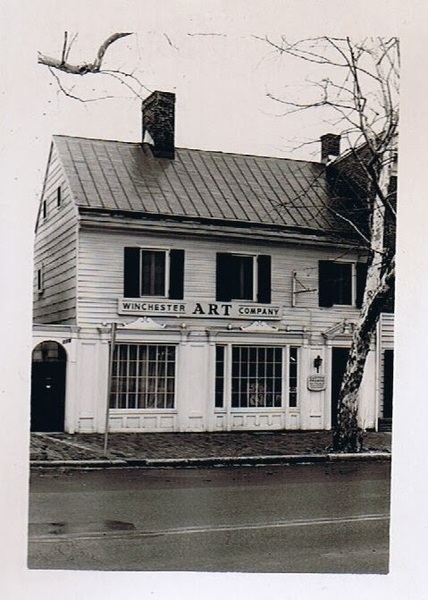Thank you to everyone who stopped by Memberfest on Friday! We had a full house at Eugene B. Smith’s Gallery for the party. The “Vanished Winchester” slideshow was quite a hit; we hope you were able to see that while you were out and about for First Friday. We are also so pleased at all the members who joined — or rejoined — PHW at the event. We could not be a working organization without all of our members. Thank you for your support!
If you are working on the membership signup contest, the competition is getting stiff! Our current leader has signed up 12 members so far with the help of the Memberfest party. You have until December 7 to meet or beat that number to be in the running for the grand prize of a framed Beyer print or $300 in store credit to the Eugene B. Smith Gallery.
Concerning the raffle prizes, including the special table made from reclaimed wood, a little over 400 raffle tickets were sold at the event. We are now working on getting the prizes ready to go to the lucky winners. Look for another post when all the winners have been notified!





 Preservation of Historic Winchester is launching a membership campaign this fall to reach more people passionate about preserving the history and architecture of Winchester and Frederick County. To that end, PHW is hosting a membership signup contest with a grand prize valued at $300 – a limited edition framed print of Edward Beyer’s “A View of Winchester” OR $300 in store credit to the Eugene B. Smith Gallery. The membership signup contest is open now until December 7, 2012. Although you need not be a PHW member to participate in the contest, we invite you to join PHW and use your membership as your first referral.
Preservation of Historic Winchester is launching a membership campaign this fall to reach more people passionate about preserving the history and architecture of Winchester and Frederick County. To that end, PHW is hosting a membership signup contest with a grand prize valued at $300 – a limited edition framed print of Edward Beyer’s “A View of Winchester” OR $300 in store credit to the Eugene B. Smith Gallery. The membership signup contest is open now until December 7, 2012. Although you need not be a PHW member to participate in the contest, we invite you to join PHW and use your membership as your first referral.